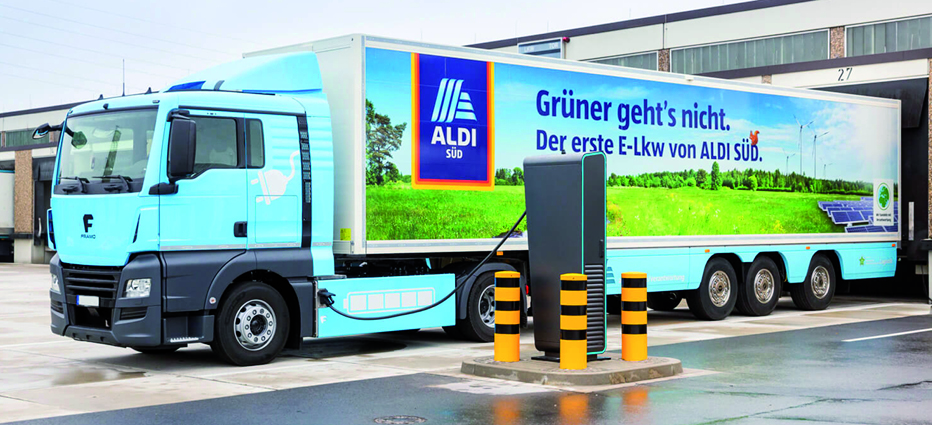As of the third quarter, a total of 38,163 new energy vehicles have been sold in China this year. That figure is approximately 2.8 times more than the amount sold over the first three quarters of 2013. Over 58 percent of those sales are of pure electric vehicles. Major Chinese manufacturers, such as SAIC-GM-Wuling, BYD, BAIC and JAC have taken steps to ensure that they control most of that market, with vehicles such as the Roewe E50, BYD E6, BAIC E150EV and JAC Heyue iEV among some of the best-selling models in the country.
Although Tesla has made its aspirations for the Chinese market clear, several other foreign brands aren’t seemingly as anxious to capture the market. Chinese releases of foreign branded pure electric models has been relatively slow, with the BMW i3, BMW i8, VW e-Up! and VW Golf EV only now making their debuts at Chinese car shows. While, this delay in model launches seems almost unmistakably linked to the fact that foreign-branded vehicles are not eligible for government subsidy policies, an equally important factor is the lack of confidence foreign manufacturers have regarding the future of the pure electric vehicle market in China.
VW China Executive Vice President Sven Patuschka remarked that his company is instead pursuing plug-in hybrid technology because they believe it can meet the demands of Chinese consumers while still being energy efficient. Toyota, meanwhile, remains committed to its hybrid electric and gas-powered dual powertrain technology. Liu Peng, director of Toyota China’s PR and marketing division, stated that now isn’t the time to be introducing pure electric vehicles to the country, as there are still lingering issues with vehicle technology, consumer demand and basic infrastructure.
Even leaders of domestic own brand manufacturers have expressed their concern regarding the fate of pure EVs in China. BYD Board Chairman Wang Chuanfu stated that the biggest issue Chinese consumers have is the limited driving distances of pure electrics. Mr. Wang added that hybrid vehicles possess much greater market potential at the moment.

However, pure electrics are eligible for more government subsidies than hybrids are. The official explanation for this is that fuel-electric hybrids are mainly used in fuel mode due to the current lack of sufficient charging infrastructure in the country. According to statistics, over 95 percent of Shanghai hybrid owners do in fact driver their cars in fuel mode, which is not what the designers of the subsidy policies have in mind for the future of the country.
However, analysts believe that instituting subsidies for hybrids will not only help accelerate the construction of charging infrastructure, but also help prepare consumers in the country for an eventual shift to pure electrics.
Source: www.autonews.gasgoo.com